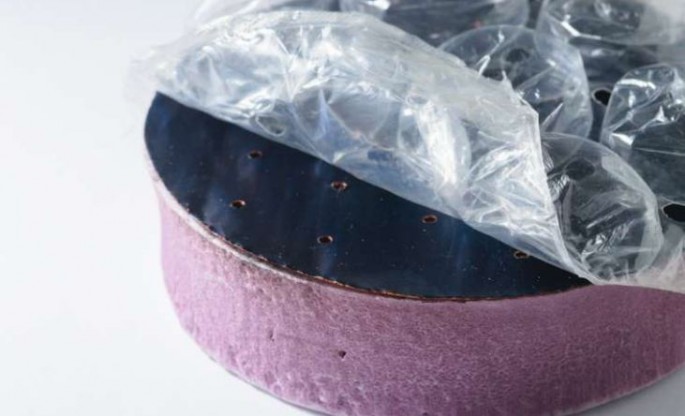A device with a special sponge at its core has been able to boil water when exposed to ambient sunlight, and can even achieve this incredible feat on cloudy days.
A team of engineers from the Massachusetts Institute of Technology invented a sponge-like device that soaks up natural sunlight and heats water to boiling temperatures when enclosed in bubble wrap. The device then boils water placed into it and generates steam through its pores without the need to concentrate sunlight as solar panels do.
Researchers call the device a "solar vapor generator."
The generator relies on a combination of low-tech materials such as bubble wrap to capture ambient sunlight and concentrate it as heat. The heat is then directed toward the pores of the sponge, which draw water up and release it as steam.
In tests, researchers found the generator heated water to its boiling temperature of 100 degrees Celsius, even on relatively cool, overcast days. The sponge also converted 20 percent of the incoming sunlight to steam.
The bubble wrap combined with the selective absorber kept heat from escaping the surface of the sponge. Once the heat was trapped, the copper layer conducted the heat toward a single hole, or channel, that the researchers had drilled through the structure.
When they placed the sponge in water, they found that water crept up the channel, where it was heated to 100 C then turned to steam.
The researchers believe their low-tech design might provide inexpensive alternatives for applications such as desalination; residential water heating; wastewater treatment and sterilizing medical tools.
Solar absorbers based on this general design could be used as large sheets to desalinate small bodies of water or to treat wastewater. Other solar-based technologies that rely on optical-concentrating technologies typically are designed to last 10 to 20 years and require expensive parts and maintenance. This new, low-tech design could operate for one to two years before needing to be replaced.
"What fascinates us is the innovative idea behind this inexpensive device, where we have creatively designed this device based on basic understanding of capillarity and solar thermal radiation. Meanwhile, we are excited to continue probing the complicated physics of solar vapor generation and to discover new knowledge for the scientific community," said TieJun Zhang, one of the researchers.
The researchers' current design improves on a solar-absorbing structure they developed in 2014.This was a similar floating, sponge-like material made of graphite and carbon foam able to boil water to 100 C and convert 85 percent of the incoming sunlight to steam.
To generate steam at such efficient levels, the researchers had to expose the structure to simulated sunlight that was 10 times the intensity of sunlight in normal, ambient conditions.
In their new design, however, the team settled on a spectrally-selective absorber -- a thin, blue, metallic-like film commonly used in solar water heaters that has unique absorptive properties. The material absorbs radiation in the visible range of the electromagnetic spectrum but it doesn't radiate in the infrared range, meaning that it both absorbs sunlight and traps heat, minimizing heat loss.
The team has published its results in the journal Nature Energy. The research was led by George Ni, an MIT graduate student, and Gang Chen, the Carl Richard Soderberg Professor in Power Engineering and the head of the Department of Mechanical Engineering.
They collaborated with TieJun Zhang and his group members Hongxia Li and Weilin Yang from the Department of Mechanical and Materials Engineering at the Masdar Institute of Science and Technology in the United Arab Emirates.



























